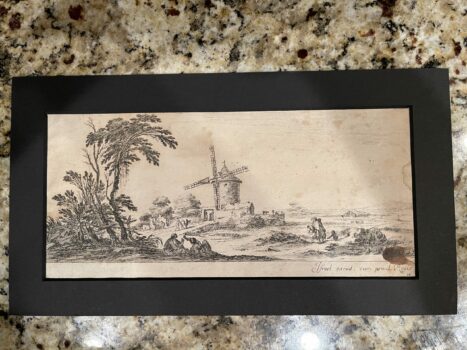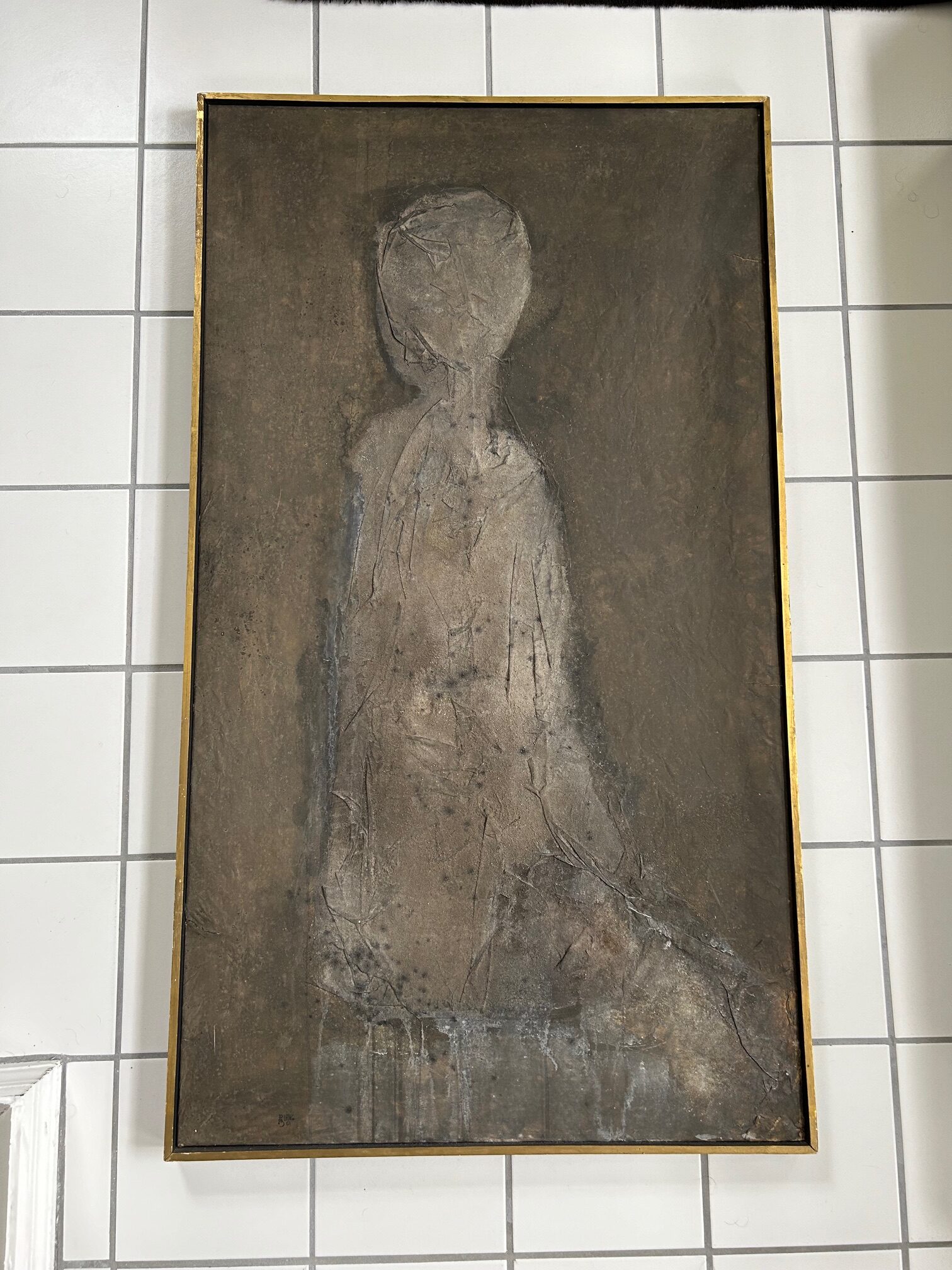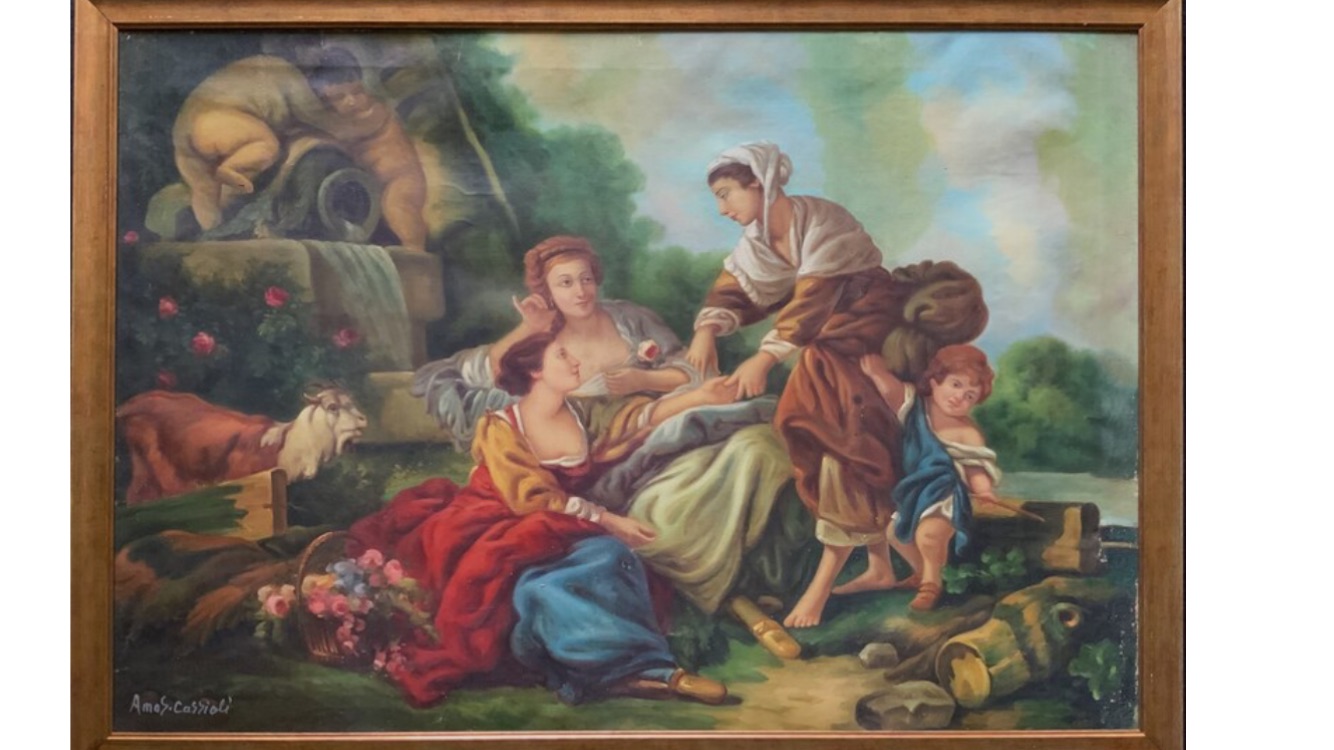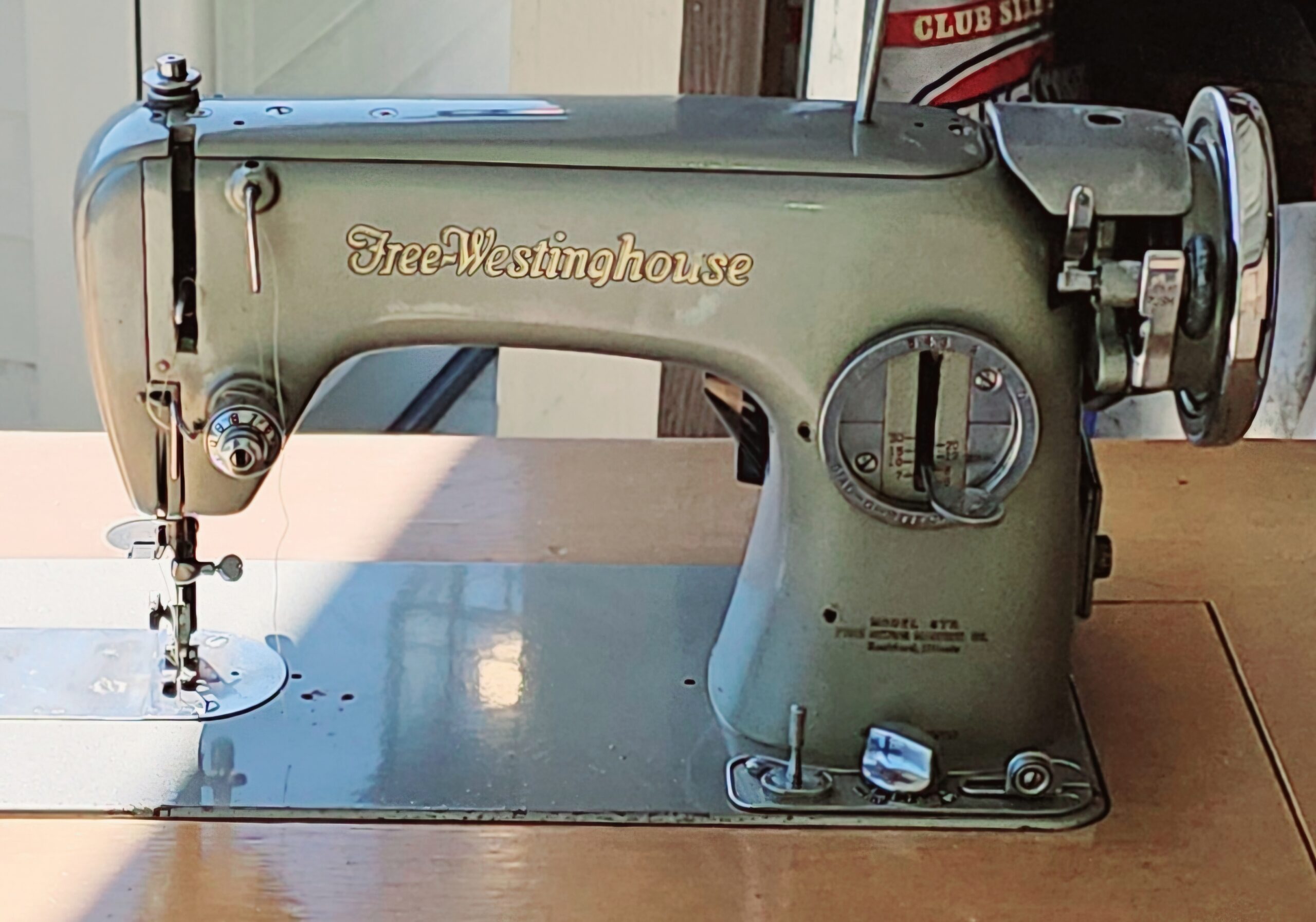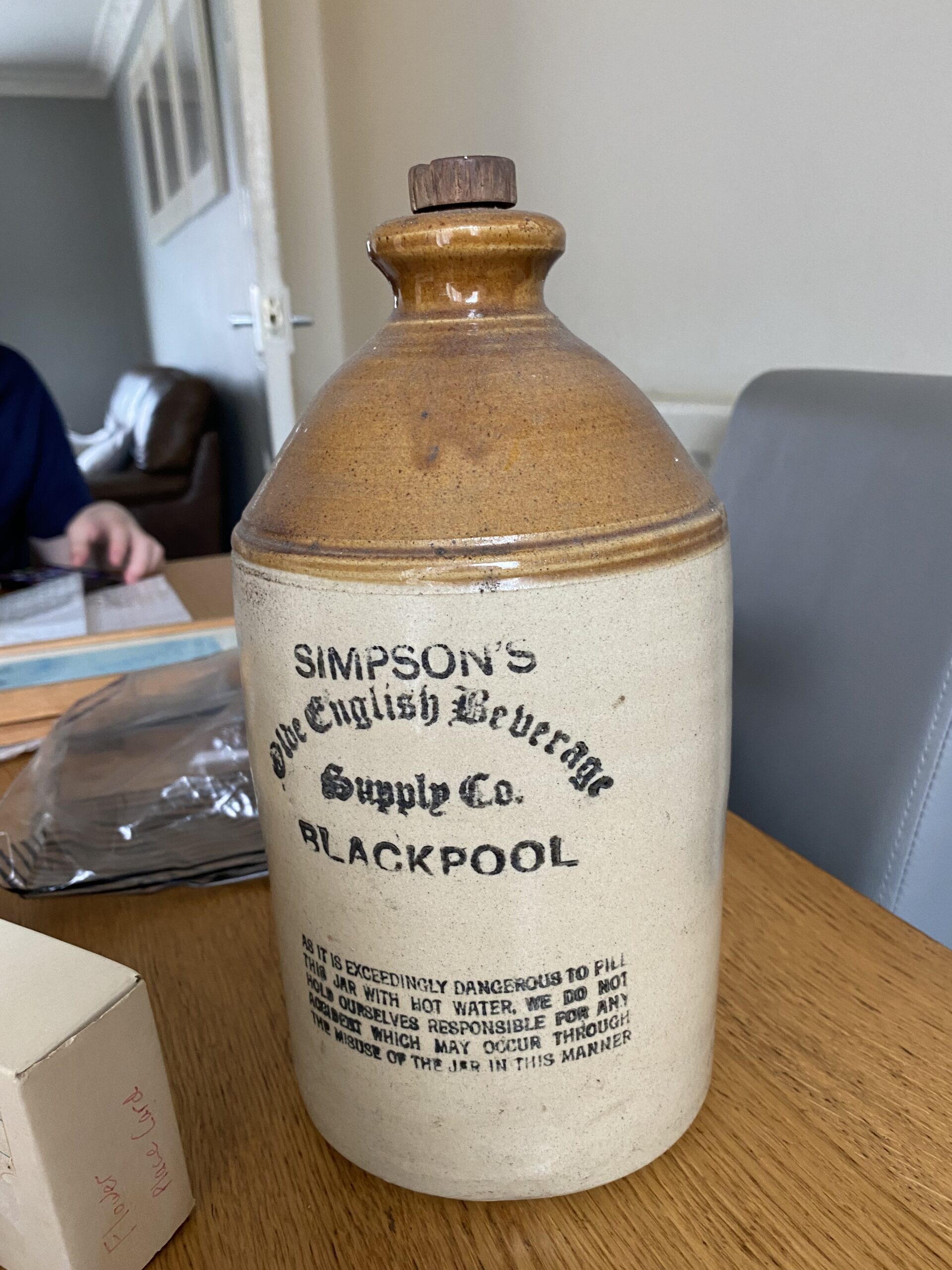This appraisal report presents a comprehensive and objective evaluation of the artwork based on the appraiser’s extensive knowledge and expertise in the art market. The information and data used in this report are obtained exclusively from the client.
Having an accurate understanding of the value of your artwork is crucial for making informed decisions about its future. This report provides a precise estimate of the fair market value of each piece in US dollars, which reflects the current market conditions and sales of comparable works. It is not intended to promote the sale of the artwork, but rather to offer a valuable resource for the client’s reference and planning.
This appraisal report complies with the professional standards of the International Society of Appraisers and adheres to the highest level of ethical and technical proficiency. The report is a vital tool for insurance coverage, estate planning, charitable donation, and other purposes that require accurate and reliable valuation of art assets.
Detailed description of the artwork, including its medium, dimensions, and condition.
Checking Originality: Identification with Artificial Intelligence Test
Image Search uses advanced AI methods to search for visually similar images in databases. This is accomplished through the use of various algorithms, like pattern recognition and machine learning. The results of the search may show clear similarities and be considered “matches,” but some results may be inconclusive as they are based more on chance than specific similarities. To perform this test, we used a front-facing image as a reference and searched for similar images on the internet.
The results of the automatic recognition are not conclusive. If a match is found, it will be shown below:
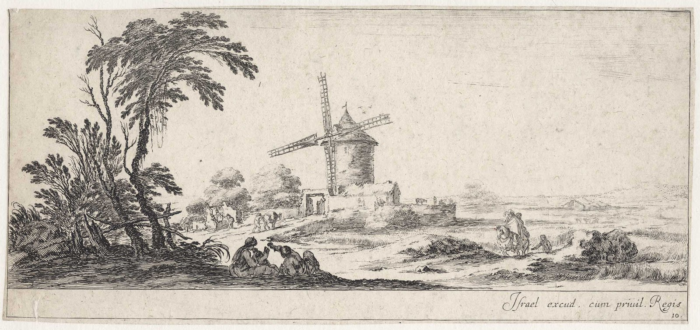
What specific information can we obtain from this test?
, is an excellent example of a limited edition print. The artwork was created by engraving and etching on a copper plate, which was then printed on paper in a limited edition. The plate was meticulously detailed and hand-colored to create a unique and exquisite piece of artwork. This limited edition print was produced in a very small quantity and therefore is considered to be a highly collectible item. The limited edition print is of exceptional quality and is a great example of the high level of craftsmanship that della Bella was known for.
Stefano della Bella (1610–1664)
“Landscape with Windmill” (descriptive title only), c1643 (1640–45), plate 10 from the series of 12 plates, “Diverses Paisages”
Age estimation
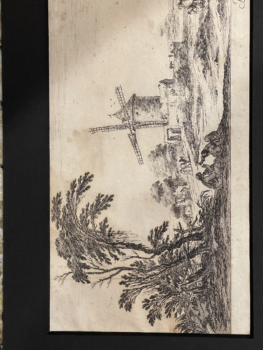
-1644 Stefano della Bella was a renowned Italian printmaker, draughtsman, and miniaturist active in Florence from 1625-1664. As such, the age of this particular etching can be accurately determined by noting the style of the work. The composition of the work, featuring a landscape with a windmill along with the small figures in the foreground, is characteristic of della Bella’s compositions from the 1640s. Furthermore, the etching technique and the subtle use of cross-hatching used to create the shading of the landscape are also indicative of the artist’s work from this period. As such, the age of this etching can be confidently placed at 1643-1644.
Based on this information and the pictures provided, I can estimate this painting was made circa 1643.
Condition of the artwork
This original Stefano della Bella etching, "Landscape with Windmill," is in excellent condition. The paper is in good condition with only a few light foxing marks present. The plate-mark is strong and the lines are crisp and clear, indicating a high quality impression. The inking is rich and dark. The margins are even and the paper is clean and bright. The image is well-defined with no fading or discoloration. This is an outstanding example of a 17th century etching and a testament to the masterful work of Stefano della Bella.
Artist’s name, biographical information, artwork’s provenance (history of ownership) and exhibition history.
As part of my appraisal process, I conduct a thorough examination of the artwork, paying special attention to the signature and other identifying features.
In this case, this artwork has already been identified so there is no need to study the signature.
Detailed analysis of the artwork’s style, subject matter, and significance within the artist’s oeuvre and the broader art world.
I can check if the style and type of painting match those of the artist referenced.
. The etching “Landscape with Windmill” was created by Italian artist Stefano della Bella (17 May 1610 - 12 July 1664) circa 1643. The work is representative of della Bella's distinct Baroque style of etching which is characterized by its dynamic use of line and perspective. This particular etching features a pastoral landscape with a windmill located in the center of the composition. The etching is rendered with a delicate line quality and the artist has used a variety of hatching, cross-hatching, and stippling techniques to create a picturesque scene with an impressive level of detail. The overall composition of this etching is balanced with the winding river in the foreground, the rolling hills in the background, and the windmill placed in the center of the image.
Comparable sales information, including prices realized at recent auctions or private sales of similar works by the artist or in the same medium.
In order to provide an up-to-date estimate of the fair market value of the Original Stefano della Bella (17 May 1610 – 12 July 1664)’s etching “Landscape with Windmill”, circa 1643, I utilized the data collected, including auction prices and other relevant market information. This is crucial as it can be used in various contexts such as insurance, estate planning, and art market analysis. It also offers a valuable insight into how the valuation of this particular artwork may have changed due to environmental or economic factors.
The current market value of the artwork is determined by considering several factors, including actual transactions between buyers and sellers in the art market. Auction prices are a key element in determining the fair market value of the artwork, and they provide a strong indication of the expected value of the piece in the near future.
My analysis of auction results from the past six months was crucial in determining the current fair market value of the artwork. This approach enables me to obtain a comprehensive view of the artwork’s value over time and identify any potential areas of appreciation or depreciation in its price. Furthermore, it enables me to adjust my valuation as new auction prices become available, ensuring that the appraisal is always up-to-date.
Conclusion
Investing in art can be a great way to diversify a portfolio and can provide a number of financial benefits. Art can be a great long-term investment as it can appreciate in value over time, and can provide a stable source of income if it is rented out. Art can also be a great way to diversify a portfolio, providing a hedge against volatility in other asset classes. Additionally, buying a piece of artwork can be a great investment since it can be passed down to future generations, providing them with a tangible asset and a piece of history. Art can also be a source of pride and joy for its owner, providing a unique way to express their personal style and interests.
This Original Stefano della Bella (17 May 1610 – 12 July 1664)’s etching “Landscape with Windmill”, circa 1643, can be considered an exceptionally valuable piece due to the artist's undeniable prowess. During his lifetime, Stefano della Bella was considered one of the most talented engravers of his era, and his works were highly sought after by collectors. This particular piece is a testament to the artist's skill and attention to detail, with its delicate lines and carefully chosen composition. Furthermore, this work was produced during the artist's most productive period, making it a desirable asset to any art collection. With its timeless subject and fine execution, this work by Stefano della Bella is an exceptional piece of art that is sure to appreciate in value.
Final Appraisal Value ($)
1,000-1,200$
Appraisal Report made by:
Andrés Gómez
BSc, MSc, Expert Art Appraiser
10+ years of experience in Online Art Appraisals
100k+ Customers Served
Antique Store Owner
You can check my portofolio of past appraisals here:
https://www.appraisily.com/andres-portofolio/

Relevant photographs or supporting documentation, such as condition reports or expert opinions
A detailed summary of the appraisal process and the appraiser’s qualifications.
Mark-to-market art appraisal is a vital method for determining the current value of a piece of artwork. This form of valuation requires an appraiser to consider various factors, such as market conditions, the condition and age of the artwork, and the artist’s reputation. By taking all these elements into account, a mark-to-market art appraisal delivers an accurate assessment of a piece of artwork’s current market value.
The artist’s reputation, as determined by their track record in gallery and museum shows, awards, and other accomplishments, is also considered in mark-to-market art appraisal. Appraisers use this information to determine if the value of a piece is likely to increase or decrease over time. Additionally, they will inspect the condition of the artwork and note any signs of wear or damage that might affect its future resale value.
When performing mark-to-market art appraisals, appraisers also consider market conditions by researching current art market trends and comparable works that have recently sold. This information is used to provide an estimate of a piece’s worth at that point in time. By considering all of these factors, mark-to-market art appraisal is able to give a reliable indication of the current value of a work. This kind of valuation can also ensure fair prices are paid and received when buying or selling art.
In summary, mark-to-market art appraisal is a crucial tool for determining the true value of a piece of artwork, enabling buyers, sellers, and appraisers to make informed decisions regarding its worth. It takes into account multiple aspects to provide an accurate assessment of the current market value of a work. This information can be used to ensure that buyers and sellers are getting a fair price for the artwork, and that the appraiser’s valuation is up-to-date and reflective of current market conditions.
In the case of insurance replacement appraisals, mark-to-market art appraisals can also be used to accurately estimate the cost of replacing a lost or damaged artwork. The current value, as determined by the appraisal, is then used to determine the amount that the insurance company will pay back to the policyholder. This way, policyholders can rest assured that they will receive an appropriate sum for any artwork that needs to be replaced due to accidental damage or theft. Additionally, this kind of valuation helps insurers ensure they are not being overcharged when artwork needs to be replaced as part of a claim settlement.
The appraisal process is a thorough evaluation of the item or items in question. It involves researching and analyzing the information provided by the requester in order to provide an accurate estimate of its value. The appraiser takes into account factors such as condition, rarity, demand, and market prices. Photographs and detailed descriptions are especially important when providing an appraisal, since they help the appraiser identify any potential flaws or defects that could affect the item’s worth. By using all the resources that are available, an evaluation can be done quickly, efficiently, and with a high level of accuracy.
A statement of the appraiser’s liability and any potential conflicts of interest.
A qualified art appraisal, also known as a formal written evaluation, is a professional assessment of the monetary value of a piece of art by an individual who has specialized knowledge, expertise, and training in the field of art appraisal. This person must meet certain educational and professional requirements, including experience in researching and evaluating art, as well as knowledge of the art market and current market trends. The purpose of a qualified art appraisal is to provide an objective and unbiased opinion of the value of a piece of art for various purposes, including insurance claims, tax planning, estate planning, or to help determine a fair price for a sale or purchase.
We are committed to providing our clients with the most accurate and unbiased appraisal reports. To ensure impartiality, we adopt a flat rate, fixed fee structure for all appraisals, instead of a percentage-based fee. This eliminates any potential conflicts of interest between the art appraiser and the final report value. Our appraisal reports are in compliance with the Appraisal Foundation’s USPAP (Uniform Standards of Professional Appraisal Practice) standards and guidelines, which are widely accepted as the ethical and performance standards for appraisers. This guarantees that our reports are of high quality and legally defensible.
How to sell this artwork.
We have a structured guide to help you sell your artwork, you can find it here.
